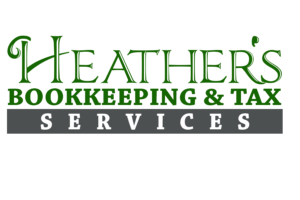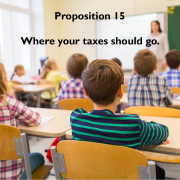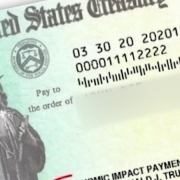The Internal Revenue Service Economic Impact Payment (EIP) in California
The Internal Revenue Service announced some days ago that the deadline to register for an Economic Impact Payment (EIP) is now November 21, 2020. This new date will provide an additional five weeks beyond the original deadline. ( in Aug )
Helpful tool for Economic Impact Payment (EIP)
The IRS urges people who don’t typically file a tax return – and haven’t received an Economic Impact Payment – to register as quickly as possible using the Non-Filers: on the IRS site https://www.irs.gov/coronavirus/non-filers-enter-payment-info-here. The tool will not be available after November 21.
“We took this step to provide more time for those who have not yet received a payment to register to get their money, including those in low-income and underserved communities,” said IRS Commissioner Chuck Rettig. “The IRS is deeply involved in processing and programming that overlaps filing seasons. Any further extension beyond November would adversely impact our work on the 2020 and 2021 filing seasons. The Non-Filers portal has been available since the spring and has been used successfully by many millions of Americans.”
For taxpayers who requested an extension of time to file their 2019 tax return
Special note: This additional time into November is solely for those who have not received their EIP and don’t normally file a tax return. For taxpayers who requested an extension of time to file their 2019 tax return, that deadline date remains October 15.
To support the ongoing EIP effort, many partner groups have been working with the IRS, helping translate and making available in 35 languages IRS information and resources on Economic Impact Payments.
To help spread the word, the IRS sent nearly 9 million letters in September to people who may be eligible for the $1,200 Economic Impact Payments but don’t normally file a tax return. This push encourages people to use the Non-Filers tool on IRS.gov.
“Time is running out for those who don’t normally file a tax return to get their payments,” Rettig added. “Registration is quick and easy, and we urge everyone to share this information to reach as many people before the deadline.”
Who won’t receive Economic Impact Payment
While most eligible U.S. taxpayers have automatically received their Economic Impact Payment, others who don’t have a filing obligation need to use the Non-Filers tool to register with the IRS to get their money. Typically, this includes people who receive little or no income.
The Non-Filers tool is secure and is based on Free File Fillable Forms, part of the Free File Alliance’s offering of free products on IRS.gov.
The Non-Filers tool is designed for people with incomes typically below $24,400 for married couples, and $12,200 for singles who could not be claimed as a dependent by someone else. This includes couples and individuals who are experiencing homelessness.
Anyone using the Non-Filers tool can speed the arrival of their payment by choosing to receive it by direct deposit. Those not choosing this option will get a check.
Beginning two weeks after they register, people can track the status of their payment using the Get My Payment tool, available only on IRS.gov.




